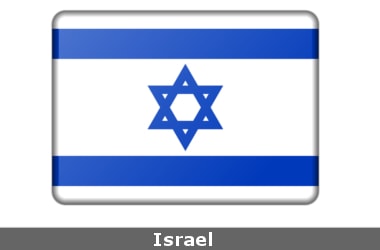
Israel’s first exploration satellite, Venus, was successfully launched on a Vega launcher on Aug 2, 2017 at the Guiana Space Center’s Kourou site.
The country’s first environmental satellite is a major project of the Israel Space Agency and the French space agency CNES.
It was launched together with the OPTSAT3000, an advanced observation satellite designed for use by the Italian Defense Ministry.
Venus is another testament to Israel’s vast technological capabilities in all fields, and they are a force of science, technology and space with which the whole world wants to cooperate.
The findings that will be sent by the satellite will include data on the environment, agriculture, water and food.
Environmental satellites have become very important in recent years because of problems on Earth resulting from crowding of the population, the decline in space for agriculture and raising food, pollution and natural disasters.
Venus, which is the smallest satellite of its kind in the world, was built in the last few years by IAI.
It will observe fields and nature from space for environmental research and monitor land conditions, forestry, agriculture, the quality of water sources and more.
The mini-satellite is equipped with a special camera that can visualize details on Earth that are not visible to the naked eye.
It will take photos of set locations in Israel and round the world and provide researchers with scores of images daily, each of which will cover 760 sq.km.
It will revolve around the Earth 29 times within 48 hours and repeat exact photo angles, making it possible to note differences in conditions - characteristics that make the satellite unique, said the ministry.
Venus: Know More- Weighing only 265 kg., Venus reached its position of 720 km. above Earth within 37 minutes and 18 seconds.
- The first sign with preliminary data was received on the ground five-and-a-half hours after launch, but the initial images will arrive a week later.
- Processed images will be sent to users three months after launch. Venus is due to remain in operation for 4.5 years, after which it will be shifted to a lower trajectory.
- Some 110 research areas will be photographed around the world. When the satellite passes over Israel, Venus will photograph three swaths in the Galilee, the coastal area and the Negev where most national parks, forests, ecological stations and nature areas exist.
- The photos will also benefit university, government and state research institutes.
- Although Venus is a joint project of Israel and France, all of the satellite’s hardware components were developed in Israel’s space industries.